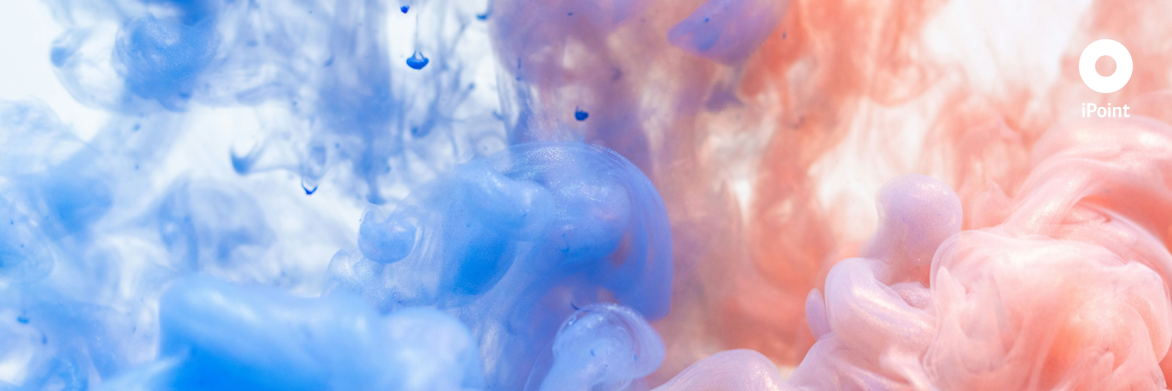Since 2003, the electronics industry sector has gained experience reporting RoHS (Restriction on Hazardous Substances) chemicals for products that it sells into the European Union (EU). Now these companies have to engage in a new, but similar, requirement for reporting Substances of Very High Concern (SVHC) in the EU: the Substances of Concern in Products (SCIP) database, which entered into force on January 5, 2021.
After years of RoHS reporting, what can the electronics industry learn from its experiences to better position itself for SCIP reporting?
There are some best practices and lessons learned from the RoHS experience that many electronics companies are now using to prepare for the changes. Below is a summary of how these experiences can be applied to prepare for the new SCIP reporting requirements.
Lead Remains a Focus for SCIP Reporting in Electronics
Since 2003, the RoHS Directive has regulated hazardous materials in electronics within the EU. The first group of chemicals to be regulated were lead, mercury, cadmium, hexavalent chromium and certain flame retardants. In later versions of RoHS, certain phthalates were also added.
Out of those substances, lead has always been the most prominent member of the original group because of its prevalence in electronics, mainly due to its use in solders. The RoHS Directive became known by many as the “Lead-Free Directive” due to its emphasis on the reporting and removal of lead from electronics products.
In 2018, ECHA added lead to the REACH SVHC Candidate List, which then opened the door to it being included as a SCIP-reportable substance. This essentially aligned the RoHS and SCIP reporting requirements in terms of the most common reportable substance in electronics.
However, while lead reporting will remain a focus, the importance of other RoHS reportable substances, such as hexavalent chromium, which also appears on the REACH SVHC Candidate List, should not be overlooked.
Importance of IPC Family of Standards in Electronics SCIP Reporting
Electronics suppliers are familiar with the IPC family of hazardous substances reporting standards from their experience with RoHS reporting. IPC 1751A already provides the basic supplier/requestor details for material content declarations. To help companies collect the necessary SCIP information from their supply chains, IPC published the new IPC-1752B supply chain data exchange standard on July 1, 2020.
The IPC-1752B materials declaration standard is applicable to electronics products and provides a format matching the data requirements of the SCIP database. The standard includes new functionality which enables reporting different products with different types of materials declarations, known as declaration classes, in the same XML file. This allows electronics suppliers to report sub-products using different declaration classes, providing different levels of detail about the materials in the articles.
IPC also maintains an Implementation List for use with the IPC-1752B standard, including the lists of RoHS substance restrictions, REACH Candidate List Substances of Very High Concern, REACH Substance Restrictions and RoHS Exemptions. As of December 2020, 97% of the data submitted into SCIP used the IPC 1752B standard to collect data from supply chains, reflecting the importance the IPC family of standards will maintain in SCIP reporting for electronics going forward.
Third-Party RoHS Software Solutions with Upgrades for SCIP
For electronics companies who currently use a third-party vendor to manage their RoHS submissions, soon there may be a system-to-system capability available, which will save a significant amount of manual data manipulation. Each vendor is in a different stage of implementing its system-to-system capabilities. The IPC standards development website lists vendors who currently support 1752A and could possibly support 1752B in the future.
Numerous other vendors can also support electronics SCIP reporting and may also be working on developing capabilities for system-to-system data transfer from their databases into the SCIP database. Tetra Tech has experience implementing data collection and data migration for the majority of these vendor solutions and can help you select a technology or optimize the use of your current third-party or internal SVHC database(s).
More SCIP Database Considerations for Electronics Suppliers
Beyond IPC standards and third-party software considerations, there are other factors your company should consider when determining how to proceed with SCIP reporting for electronics.
- Safe-use instructions may be available from Safety Data Sheets which you may receive from your raw materials suppliers.
- New Candidate List substances and engineering changes to your components will require a change management process, so you will need to establish a way of synchronizing your RoHS submission workflow with your SCIP reporting workflow. One element in this process could be to capture the SCIP ID Number in your existing RoHS workflow. Doing this means you would not have to re-enter a supplier part multiple times but can instead use the SCIP ID Number as a primary key to identify the record throughout your databases.
- For an example of one way to capture RoHS data for input into SCIP, see Tetra Tech’s SCIP Training Module 16 for the electronics industry.
Get SCIP Reporting Support
The electronics industry faces unique challenges for SCIP reporting. However, much work has been completed by industry groups, subject matter experts, third party vendors and industry-leading global companies to prepare companies in the electronics industry for a smoother transition. While the new requirements are significant, careful planning can enable most companies to leverage existing templates, tools and processes to avoid a wholesale re-engineering of the compliance approach.
Now is the time to prepare your roadmap for transitioning your data and avoiding the redundancies that could occur if you overlook the data which you already have available at your fingertips. Contact Tetra Tech at scip@tetratech.com for help in preparing for SCIP reporting, to learn more about the best practices that are emerging in the electronics industry on this new requirement, or to learn about our training program for SCIP database reporting.
Beginning in September 2021, Tetra Tech’s online SCIP training will include a module with more details on using iPoint Compliance SCIP Connector to integrate your existing solutions, leveraging available data and making it easier for you to bulk transfer data into SCIP. Learn more about the training here.
This post by AJ Guikema, Environmental Compliance Discipline Leader at Tetra Tech, was first published on the Tetra Tech Sustainable Market Blog.





